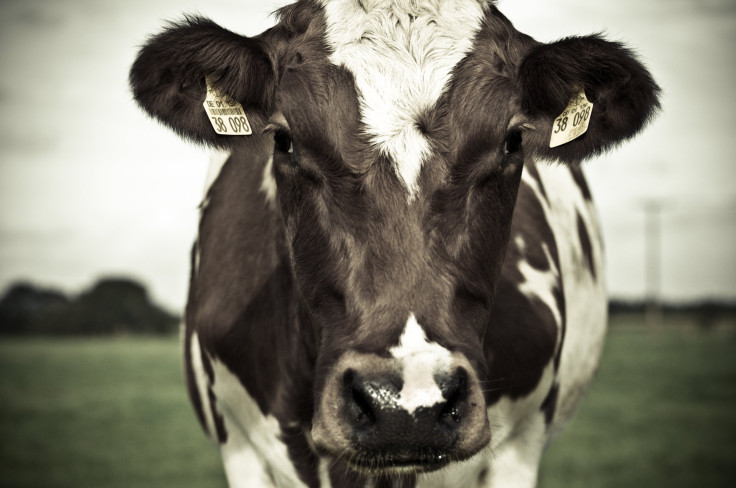Overusing Antibiotics In Animals May Increase Antibiotic Resistance, Spread Sickening Bacteria

Scientists, lawmakers, and public health advocates voiced their concern on Thursday about the consequences of using antibiotics in the meat we eat. Between 2009 and 2014, The Pew Charitable Trusts cited the sale of antibiotics in the United States had risen by an unprecedented 23 percent. Now, the U.S. Food and Drug Administration (FDA) says the same antibiotics doctors give their sick patients are also given to healthy animals at alarmingly higher rates, causing animals to grow faster as part of an effort to compensate for the overcrowded conditions on most farms. But what are these antibiotics doing once consumed and processed through the human body?
"Dangerous overuse of antibiotics by the agricultural industry has been on the rise at an alarming rate in recent years, putting the effectiveness of our life-saving drugs in jeopardy for people when they get sick," Avinash Kar, senior attorney for the Natural Resources Defense Council, told Forbes. Antibiotic-laced animals breed more than just bigger livestock, but also new, resistant strains of bacteria that wind up infecting the people that consume it. Agribusiness argues that the practice is of utmost necessity to keep the cattle, pigs, and chickens healthy while meeting the demands of meat-eating consumers.
But in the same time that the use of antibiotics shot up nearly a quarter in sales, the total number of cows and pigs raised on U.S. farms fell, while the number of chickens remained stagnant. Why the inverse relationship between a rise in antibiotic use and an average drop in meat production? One idea is the agroindustry is more dependent on antibiotics to keep animals healthy for meat consumption.
Only 7.7 million pounds of antibiotics sold in 2011 were used to treat sick people in the U.S., compared to the 29.9 million pounds used to plump up animals and make sure they don't spread disease — that's 3.9 times greater antibiotic use in animals than in humans. In 2014, the "medically important" antibiotics used in animal feed rose 3 percent in one year. This happened despite the fact the FDA announced a new Guidance for Industry the year before; in which it asked animal pharmaceutical companies to remove growth-promotion claims on important antibiotic drugs. Tracking and limiting the use of medically important antibiotics is key to containing the problem because it means the drug is the "sole therapy or one of few alternatives to treat serious human disease," the FDA said.
U.S. representative Louise Slaughter (D-N.Y.) said the rising sales of antibiotics approved for livestock are "disgraceful since it came after the FDA issued voluntary guidance they claimed would actually reduce the use of antibiotics in agriculture."
Without the drug, the bacteria will either grow and thrive under certain farm conditions or survive long enough throughout the meat production process to end up on our plates. Using more of the medically important antibiotics means the industry has no say in combating a certain strain of bacteria. If the bacteria become resistant, it'll have to use even more antibiotics, ultimately compounding the preexisting problems the FDA and advocates have presented.
Recently in March 2015, McDonald's announced a new antibiotics policy for its franchises in America. Over the next two years, the golden arches will only serve chicken raised without medically important antibiotics, along with low-fat white milk and fat-free chocolate milk from cows that have not been treated with the artificial growth hormone rbST. The company has been working with farmers to reduce the use of antibiotics in their 14,000 restaurants and will complete the transition to antibiotic-free chicken within the next two years.
In the meantime, meat-eaters can avoid sickening amounts of antibiotics when choosing animal products with the "USDA Organic" label. It's currently the only way consumers can be sure meats and dairy products have been produced without the use of antibiotics, because organic farmers adhere to practices that prohibit the use of any drugs used to stimulate the growth or production of livestock.
Published by Medicaldaily.com



























